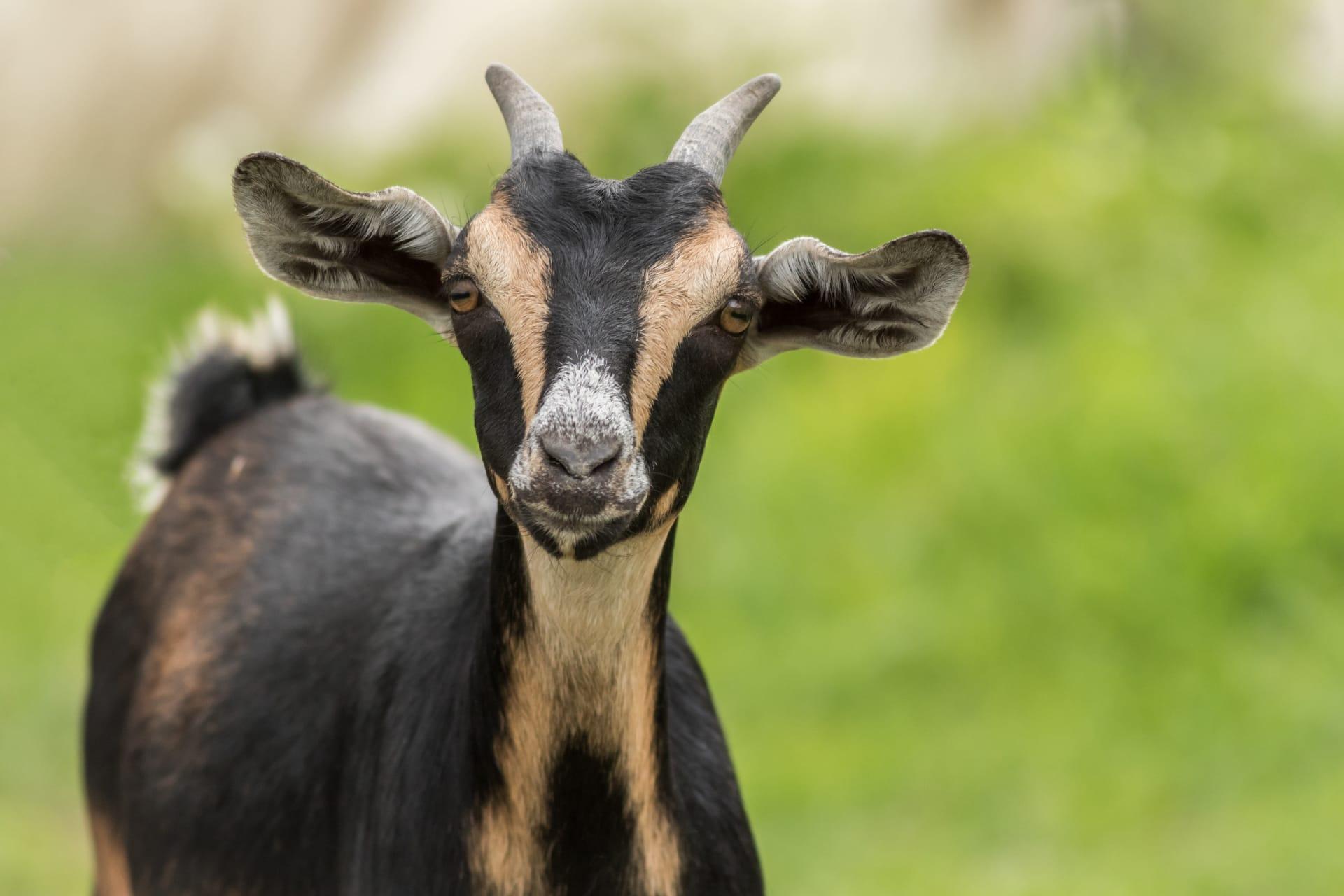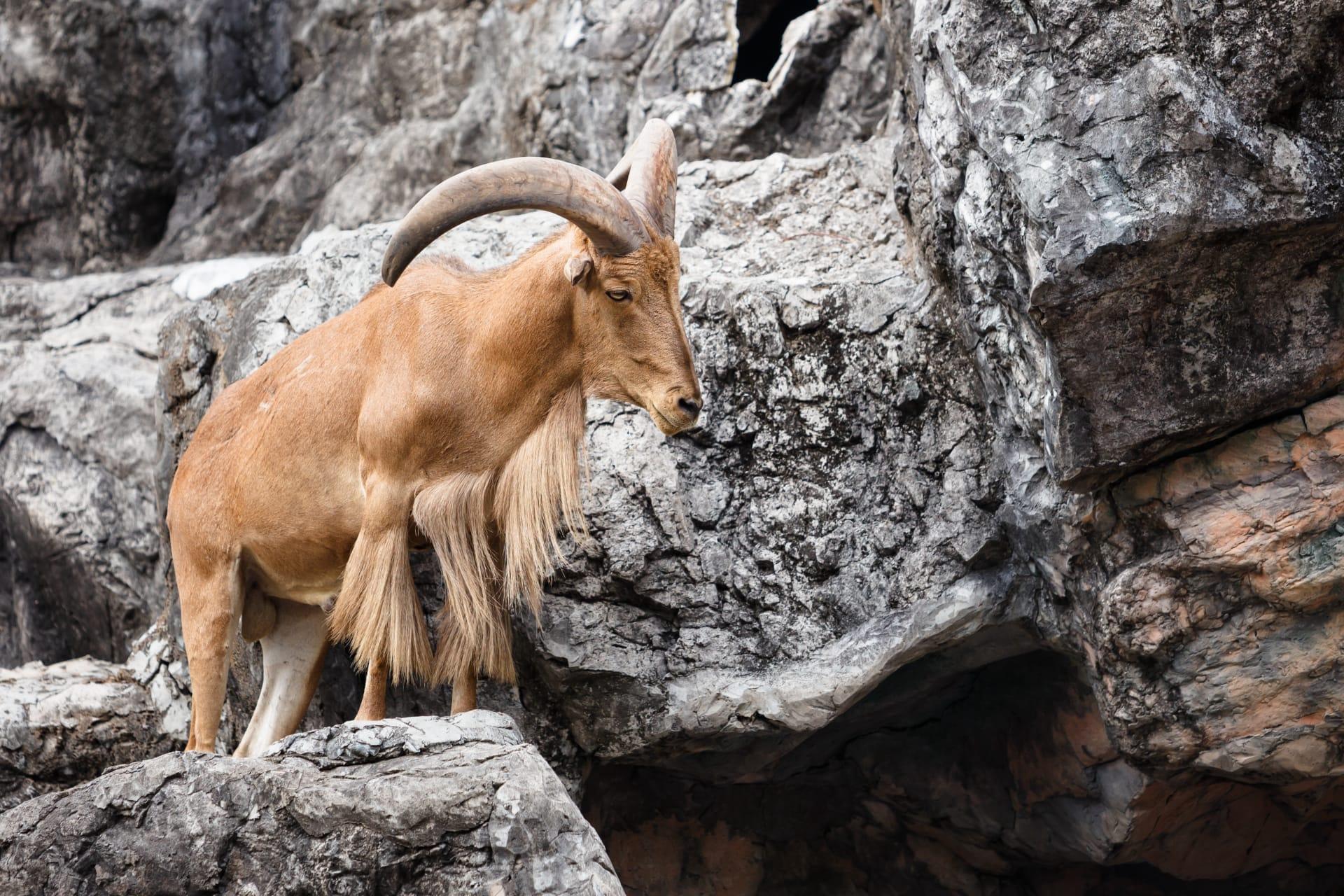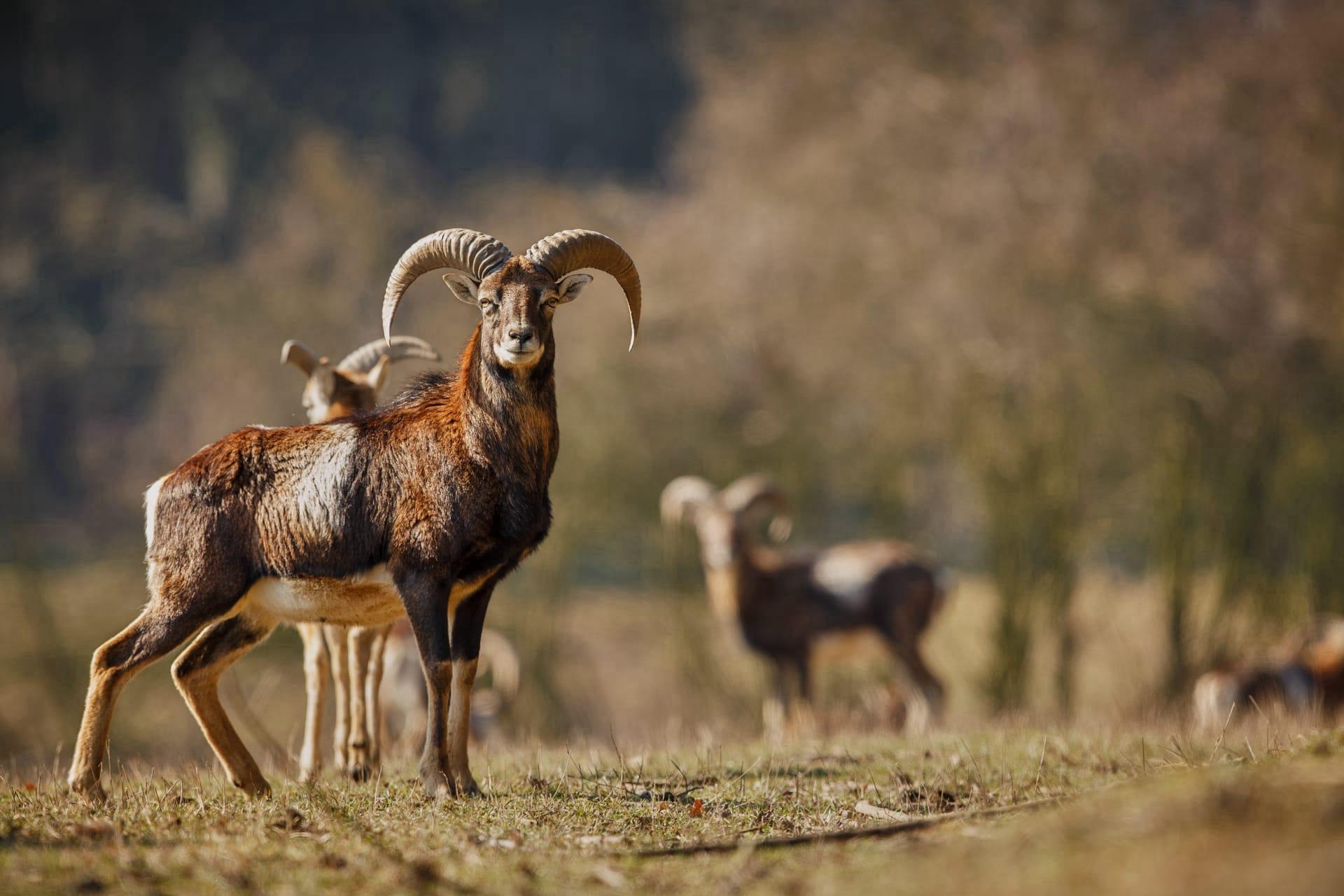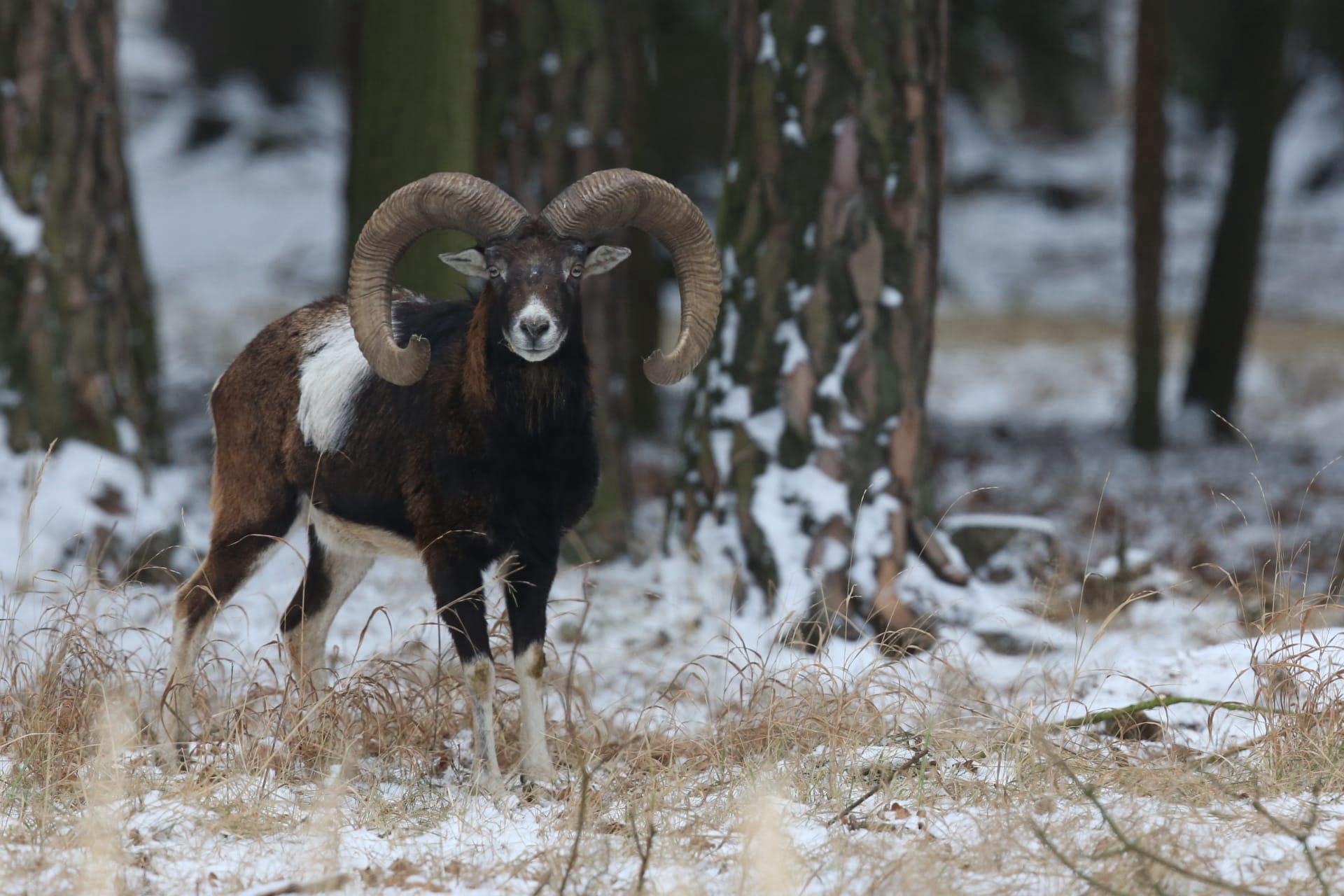Goat
- Home /
- Mini Encyclopedia /
- Animal /
- Goat
1
Goats, known scientifically as Capra aegagrus hircus, are domesticated mammals originating from the wild goat, Capra aegagrus. They belong to the family Bovidae and the subfamily Caprinae, which also includes animals like sheep. This classification underscores their close genetic kinship with other ruminants. Characterized by their sturdy build, curved horns, and beard, goats have distinct physical traits that vary among breeds but retain common characteristics reflective of their genetic lineage.
Goats are remarkably adaptable and are found across the globe. While their domestication began in Western Asia, today, they inhabit diverse environments – from European farmlands to African savannas and even mountainous regions of Asia. Their adaptability to various climates and terrains is a testament to their evolutionary success. In many parts of the world, goats are reared for milk, meat, fur, and skins, making them an integral part of local economies and cultures.

2
Question: Do goats actually eat cans and garbage, as commonly portrayed in cartoons and popular culture?
Answer: This is a misconception. Goats are curious animals and often inspect objects with their mouths, but they do not consume inedible materials like cans. Their diet primarily consists of plants, including grass, herbs, and shrubs. Goats are known for their ability to digest tough plant matter thanks to their four-chambered stomach, which efficiently breaks down cellulose. This unique digestive system allows them to extract nutrients from plants that many other animals can't process, but it does not mean they eat garbage or non-food items.

3
Goats have developed fascinating survival strategies. One of their key strategies is their agile movement. They possess a remarkable sense of balance and can navigate steep, rocky terrains with ease, which helps them evade predators. This agility is complemented by their sharp vision, with horizontally elongated pupils providing a broad field of view.
Additionally, goats are social animals and rely on group dynamics for survival. They live in herds, which offers protection and aids in the rearing of young. Herd behavior also facilitates foraging efficiency, as they can cover more ground and utilize food resources more effectively. Social structures within herds, often led by a dominant female, help maintain order and ensure collective well-being.

4
In ecosystems, goats play a dual role: they can be both beneficial and problematic. On the positive side, goats aid in controlling invasive plant species. By feeding on a variety of vegetation, including weeds and overgrown shrubs, they help maintain the balance of plant communities and prevent certain species from becoming dominant.
However, their feeding habits can also lead to overgrazing, particularly in fragile environments. This overgrazing can result in soil erosion and loss of biodiversity. It's crucial to manage goat populations and grazing practices to ensure they contribute positively to their ecosystems without causing ecological imbalances.

5
Film: "The Secret Life of Goats" is a notable documentary produced in the United Kingdom in 2018. It explores the complex social lives of goats, delving into their behavior, intelligence, and emotional depth. The film highlights recent scientific studies demonstrating goats' problem-solving abilities and their capacity for forming close bonds with other goats and even humans.
Book: "The Goat Companion: A Guide to Raising and Keeping Goats" by Jeanette Beranger, published in the United States in 2020, offers an in-depth look at goat husbandry. It covers various aspects of goat care, from breed selection and feeding to health management. Beranger's work is renowned for its practical advice, making it an essential read for both novice and experienced goat keepers.
Book: "Goats: A Natural and Cultural History" by Sally Coulthard, released in the UK in 2019, delves into the history and cultural significance of goats. Coulthard's book spans various topics, including the domestication of goats, their roles in different cultures throughout history, and their portrayal in art and mythology. This book stands out for its comprehensive approach to understanding goats beyond their agricultural value.